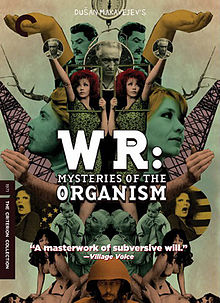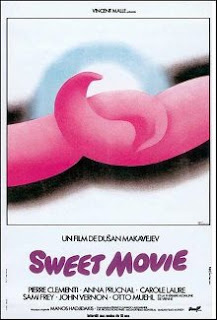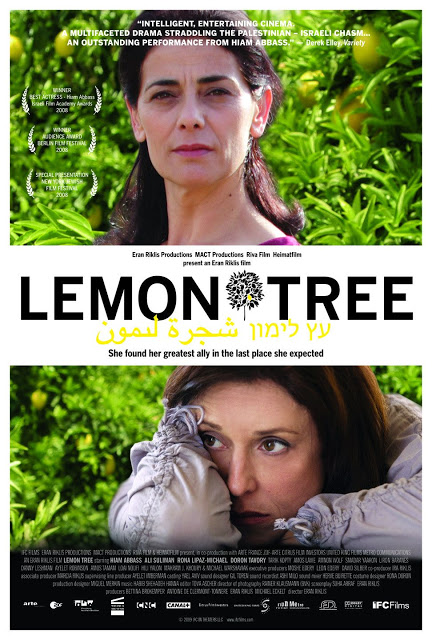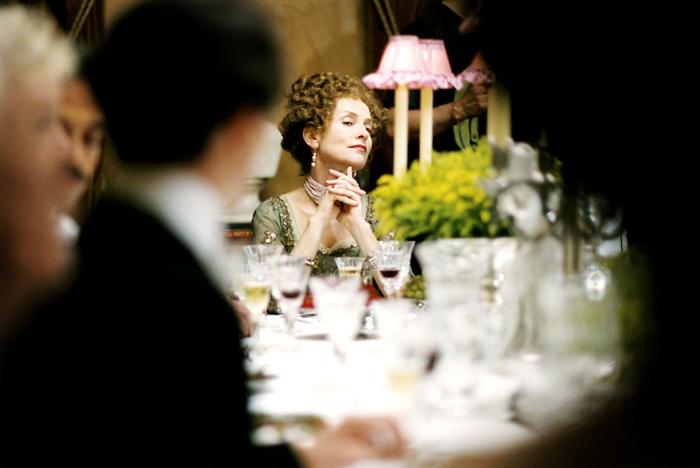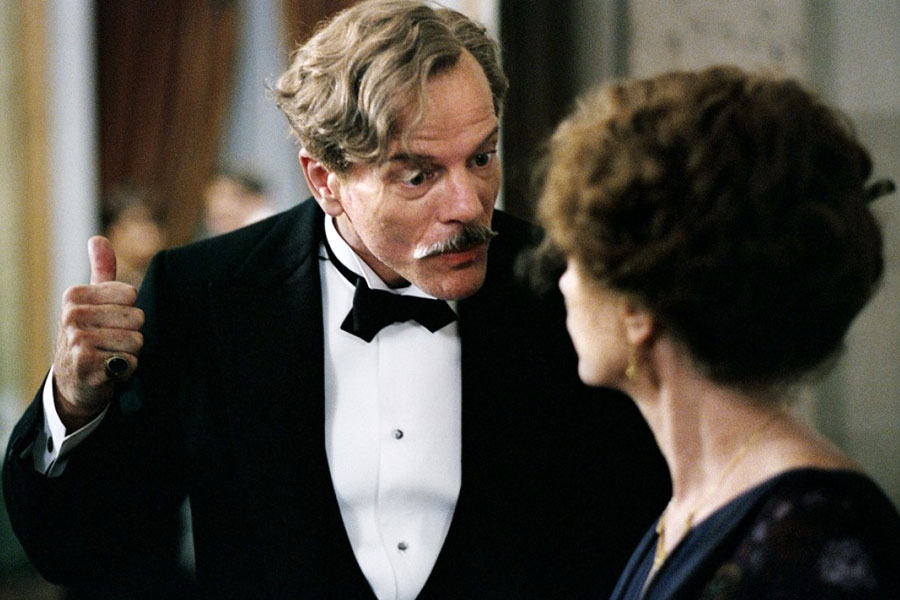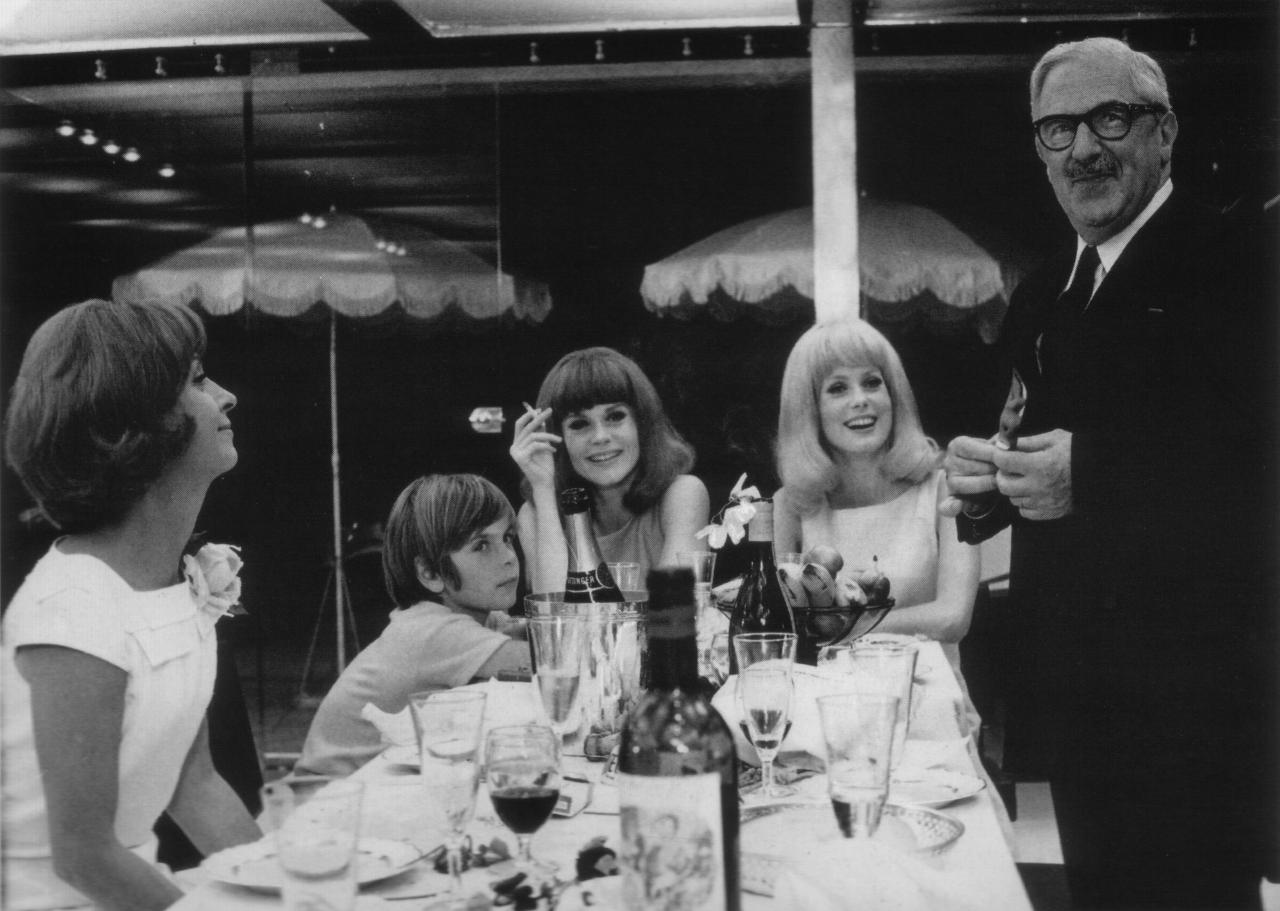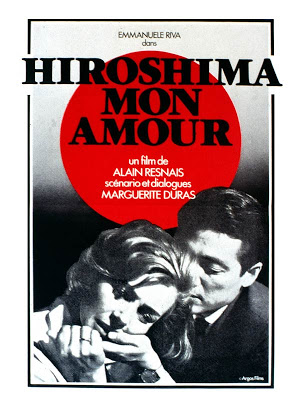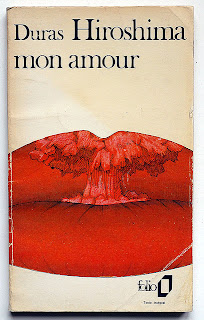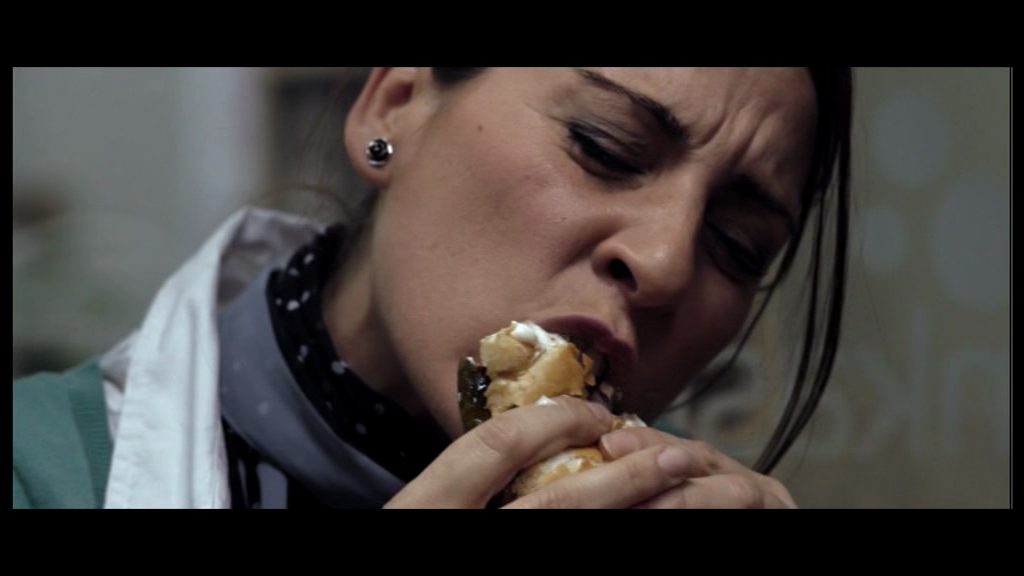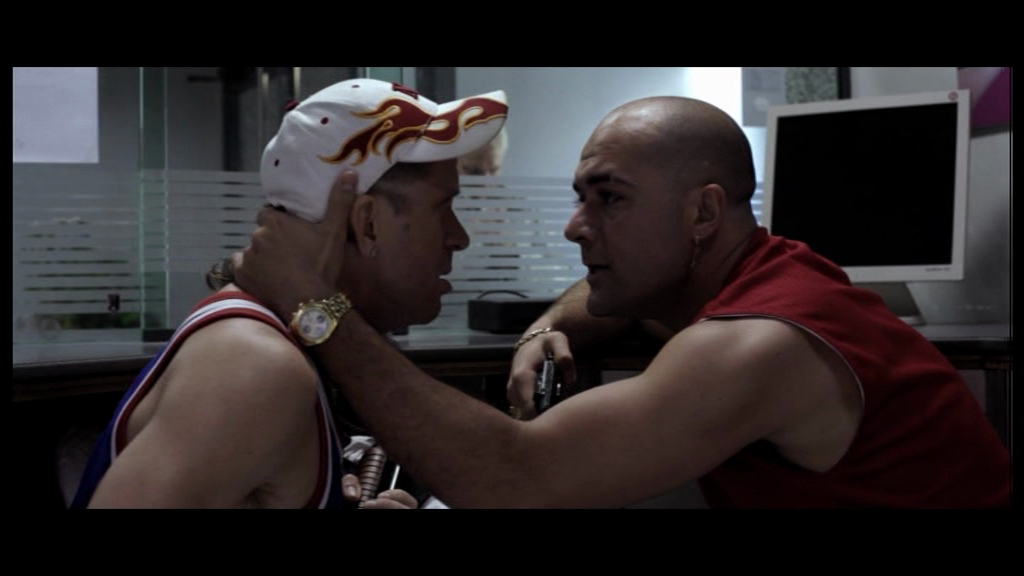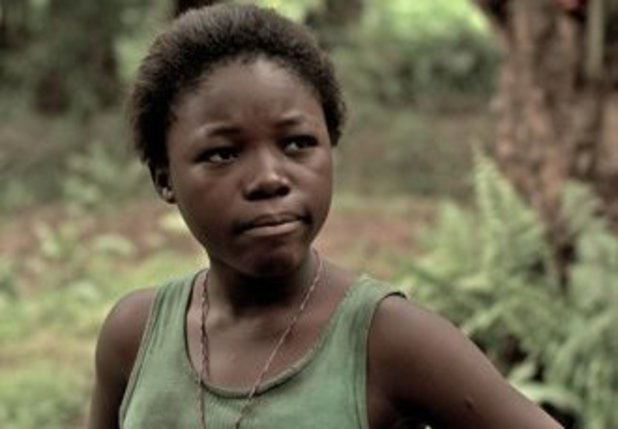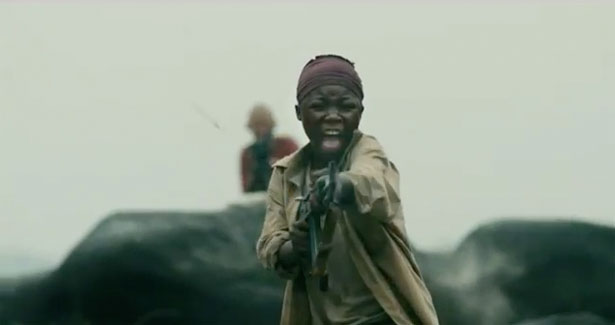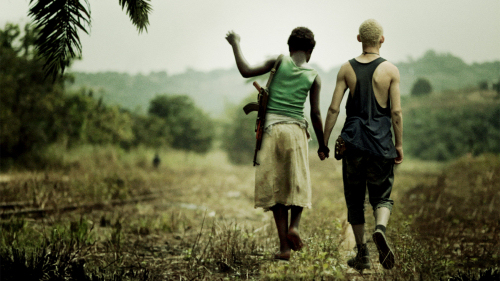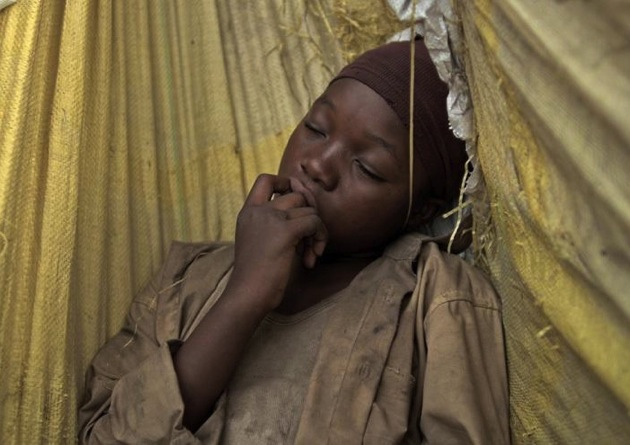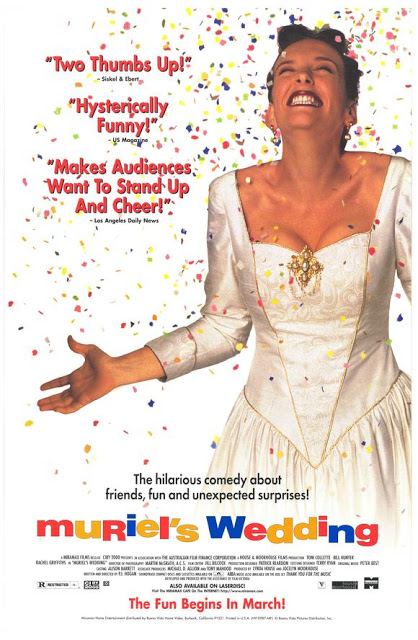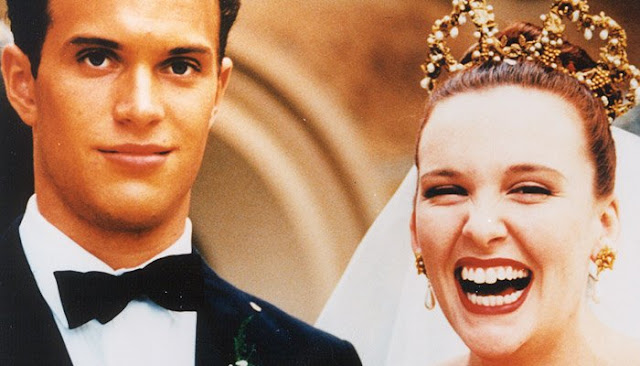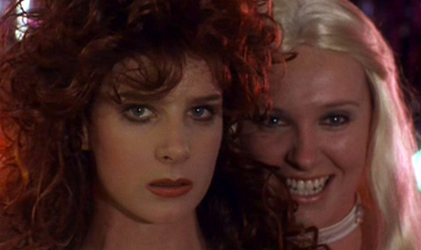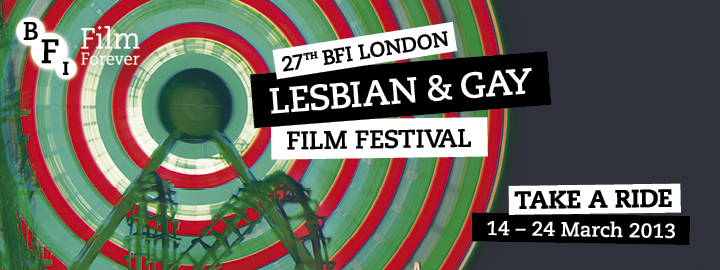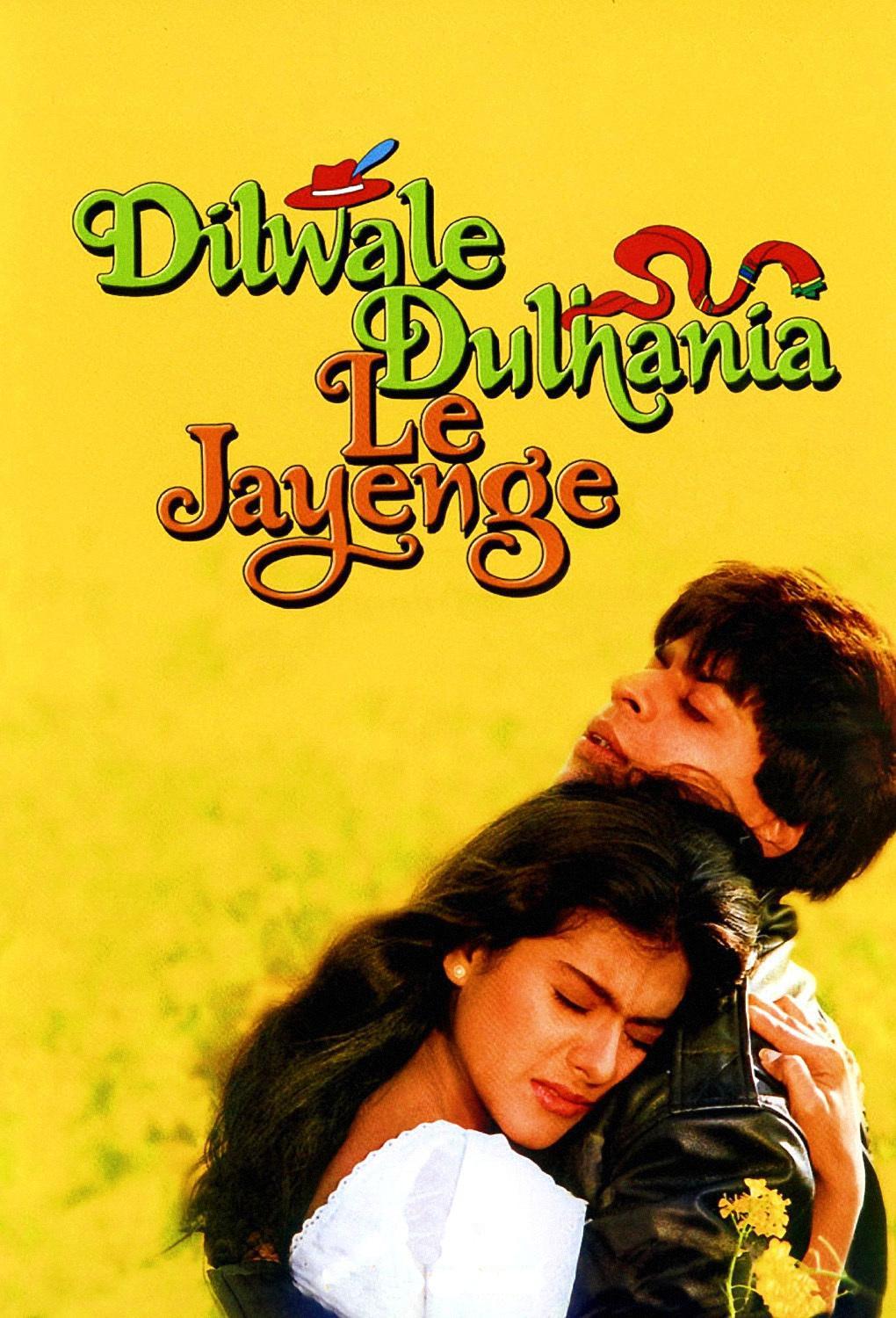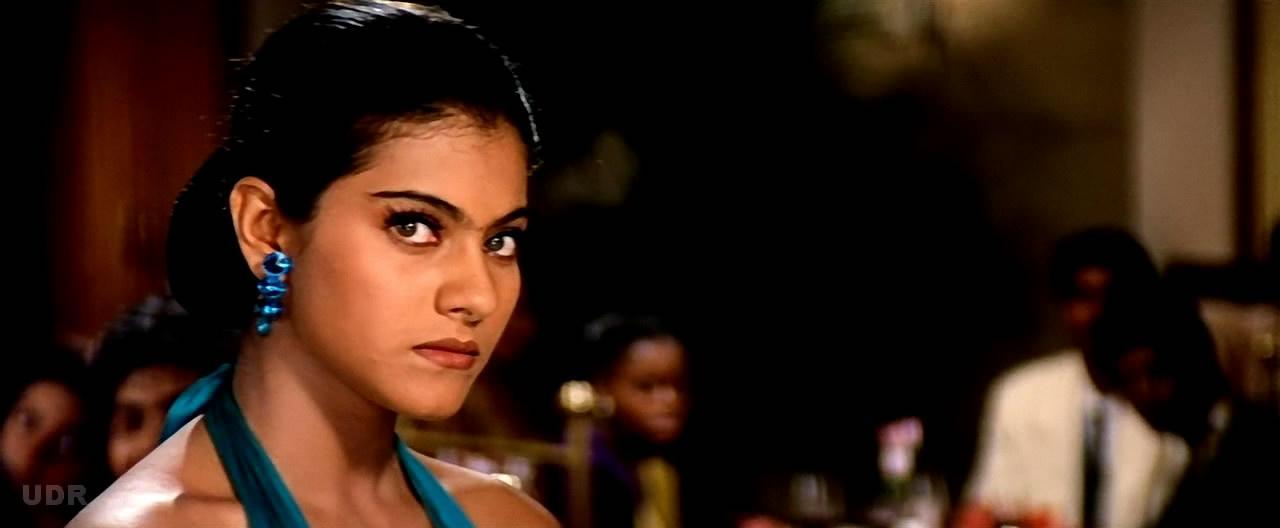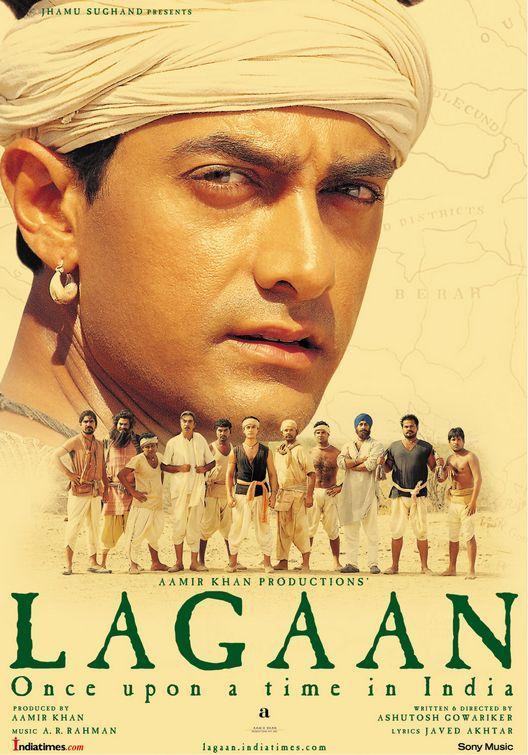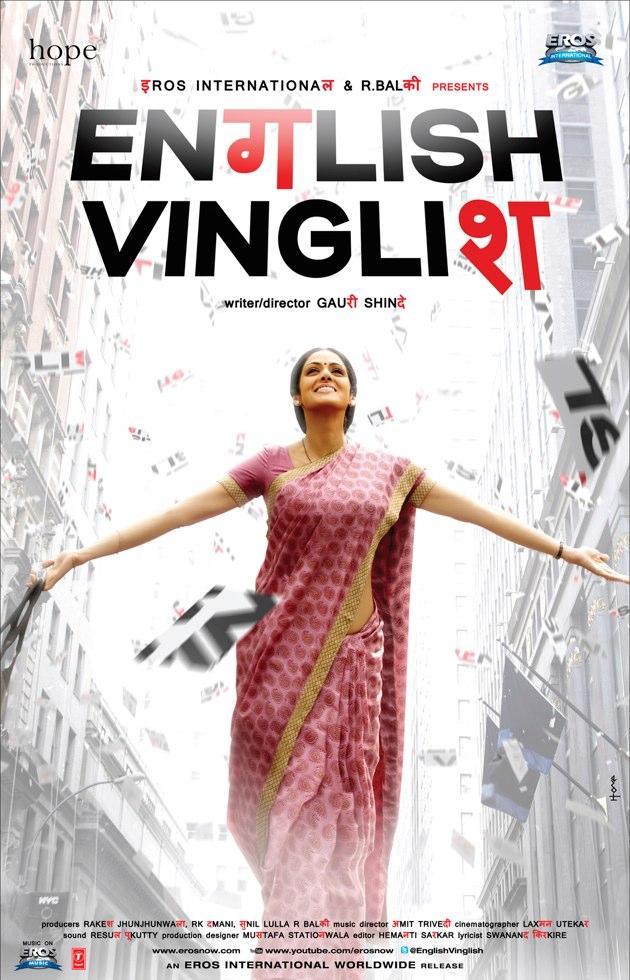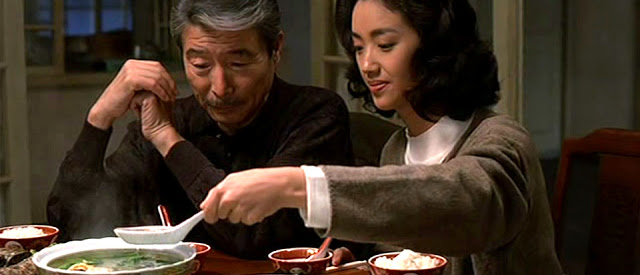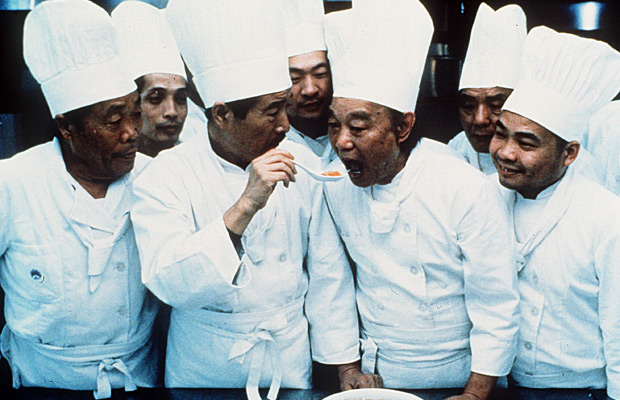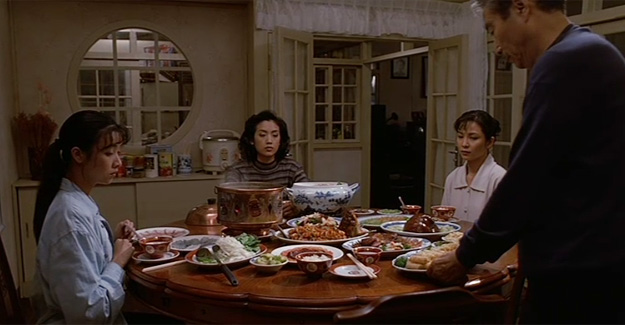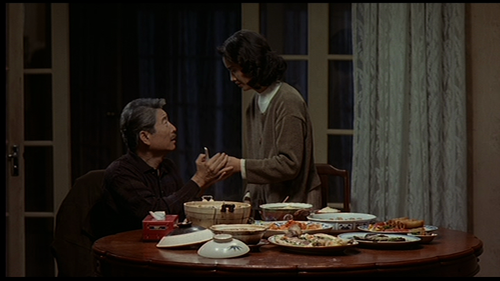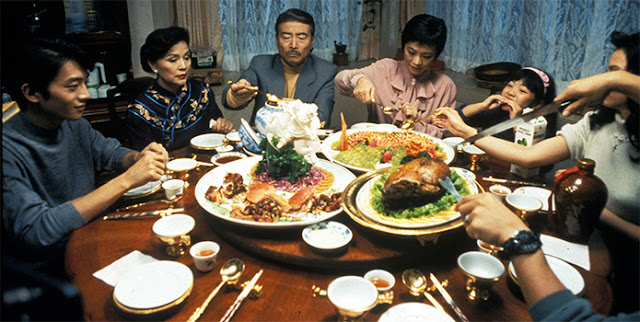“Makavejev began his career by earning a psychology degree at a leading Serbian university, studying at Yugoslavia’s national film school, and making numerous shorts and documentaries… he set to work on the 1971 genre bender WR: Mysteries of the Organism, which anticipated Sweet Movie with its collagelike meditation on maverick psychologist Wilhelm Reich and his theories of sexual liberation.
“By this time, Makavejev was a leader of the so-called Black Cinema filmmakers, as they were dubbed by Yugoslav officials who didn’t like their negative view of official ideologies. The sexual politics of WR was more than those officials could take: the film was banned, and Makavejev fled the country, not working there again until 1988. He made Sweet Movie in Canada, the Netherlands, and France, with additional Swedish and West German funding. It is banned in various countries to this day.”
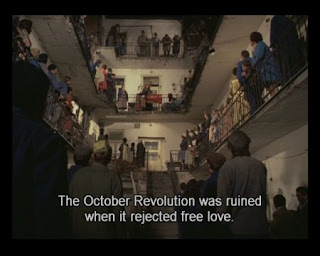 |
| Milena lectures workers about the failure of communism. |
“… Our road to the future must be life-positive. Comrades! Between socialism and physical love there can be no conflict. Socialism must not exclude human pleasure from its program. The October Revolution was ruined when it rejected free love. Frustrate the young sexually and they’ll recklessly take to other illicit thrills: Pilfering, burglary and assorted crimes, knifings, alcoholism, political riots with flags flying, battling the police like prewar communists! What we need is free youth in a crime-free world! If we are to achieve this, we must allow free love!…
“No excitement can ever equal the elemental force of the orgasm… Sweet oblivion is the masses’ demand! Deprive them of free love, and they’ll seize everything else! That led to revolution. It led to fascism and doomsday. How Man Became a Giant. Deutschland uber alles!… Deprive youth of their right to the sweet electricity of sex and you rob them of their mental health!… Restore to every individual the right to love!”
 |
| Milena sees fascism as a masculine force that represses freedom and sexuality. |
“Makavejev doesn’t exploit this material — Sweet Movie is anything but a sex film — but uses it to confront us in a very unsettling way. The unasked questions behind his film seem to be: Well, we’re all human, aren’t we? This is what we are and what we do. What do you think of these people? You go to the movies to be entertained by scenes of people killing each other, you watch wars on TV — do the basic bodily processes of these people offend you?”
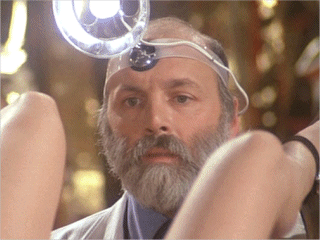 |
| The gynecologist examines the female contestants’ virginity. |
“Through the guidance of our sensational method, your own body kills the animal. We advocate simple triumph of the will. It is painless and ever so rewarding. No wild dreams. No – no peculiar behavior. Solid health and purposeful direction! … If not controlled and kept at bay, wild impulses will turn everyone into beastly animals, chaotic natural beings.”
“I’m gonna buy it from the Canadian Government. I will renovate it, redecorate it. Get rid of the water, turn off the falls. … I’m gonna install an electric, synthetic, laser moving image in livin’ color. In livin’ color, honey! Yeah. And we’re gonna have a huge quadraphonic sound system. Yeah!”
(Mortimer notes that “…years later, it would be comforting if this wild caricature of acquisition and ignorance were further from our own reality.”)
 |
| Miss World and Mr. Kapital. |
Miss World is an acquisition to Mr. Kapital, nothing more. He preaches on purity, money, sex and waste (marriage and business seem interchangeable, all driven by deeply capitalistic and puritanical ideologies). Martha and her brigade of priests stand outside a glass plate window as the marriage is about to be consummated. Mr. Kapital disinfects himself, and rubs Miss World down with alcohol–there is nothing sexual or sensual about the scene; it’s sterile and lifeless. When he takes out his penis, it’s covered in gold, and he procedes to urinate on Miss World as she screams.
When Miss World attempts to get out of the marriage, her mother-in-law attempts to drown her and they send her away. She speaks out and tries to have some independence, only to be punished harshly. She represents this world where girls are prized for their virginity and derided for the outcomes of this anti-woman socialization. (“This is my only property, it’s my diamond!” she exclaims of her virginity when the tycoon’s bodyguard attempts to sexually assault her.)
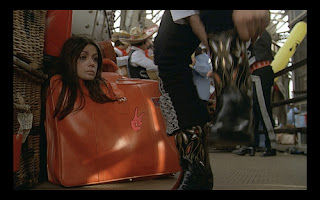 |
| She is now shipped off, just one of Mr. Kapital’s failed business ventures. |
She’s damaged and broken–she attempts sex with a Latin pop star only to be confronted by nuns and stuck in “penis captivus.” She’s sent to the aforementioned Otto Muehl commune to “heal.”
 |
| Religious imagery surrounds Miss World when she attempts to have sex–another symbol of sexual oppression. |
By the end of the film, she’s shown writhing around in a pool full of melted chocolate for a commercial.
The camera man directs her:
“Darling, this is going to be the highlight of your career. From now on, when people eat chocolate – I mean, the brand we advertise – they will not feel the same. I want them to feel as if they’re eating you!”
 |
| Miss World, now just using her body to sell chocolate. |
And here we are: the ultimate sexual objectification (she is naked, and attempting to seduce the camera) combined with commercialism–the indulgence of sweet chocolate (reminiscent of the toxic sugar on Anna Planeta’s boat) is confused with a kind of female sexuality that is supposed to be passive and proactive all at once, but certainly not for her. It’s supposed to be for the gold-encrusted penises, or the viewers, the consumers.
Miss World looks dead behind the eyes in this final scene. Her life was decided for her in a culture that prized her virginity and beauty above all else, and she couldn’t function when she attempts to be in another world.
She is punished, much like Milena is. However, Makavejev does not want us to think that they are at fault; instead, a society that represses and commodifies sexuality is the perpetrator of violence, masculine force and female suffering.
However, if we are to find any bleak hope here, it’s this: at the end of WR, Milena’s head is speaking to the audience, as if her life isn’t really over. At the end of Sweet Movie, Planeta’s victims are resurrected and brought back to life. Maybe–just maybe–Makavejev is showing that it’s not too late to find life in repressive societies and giving us the answer to Sweet Movie‘s lyrical refrain, “Is there life on the earth?
